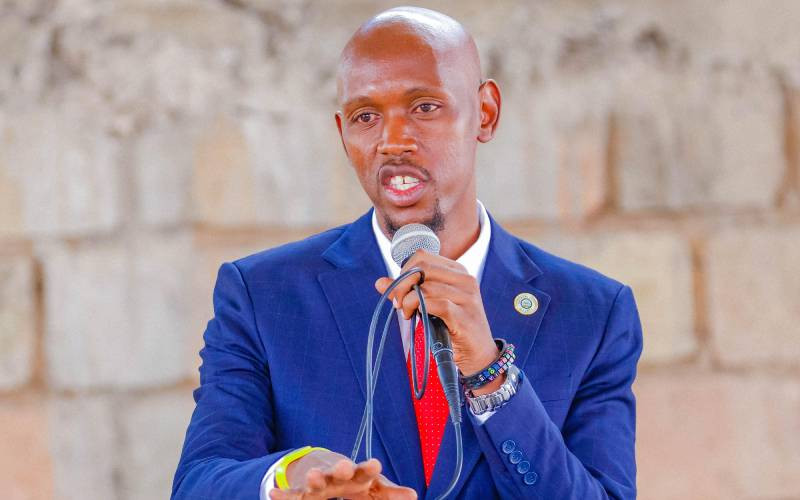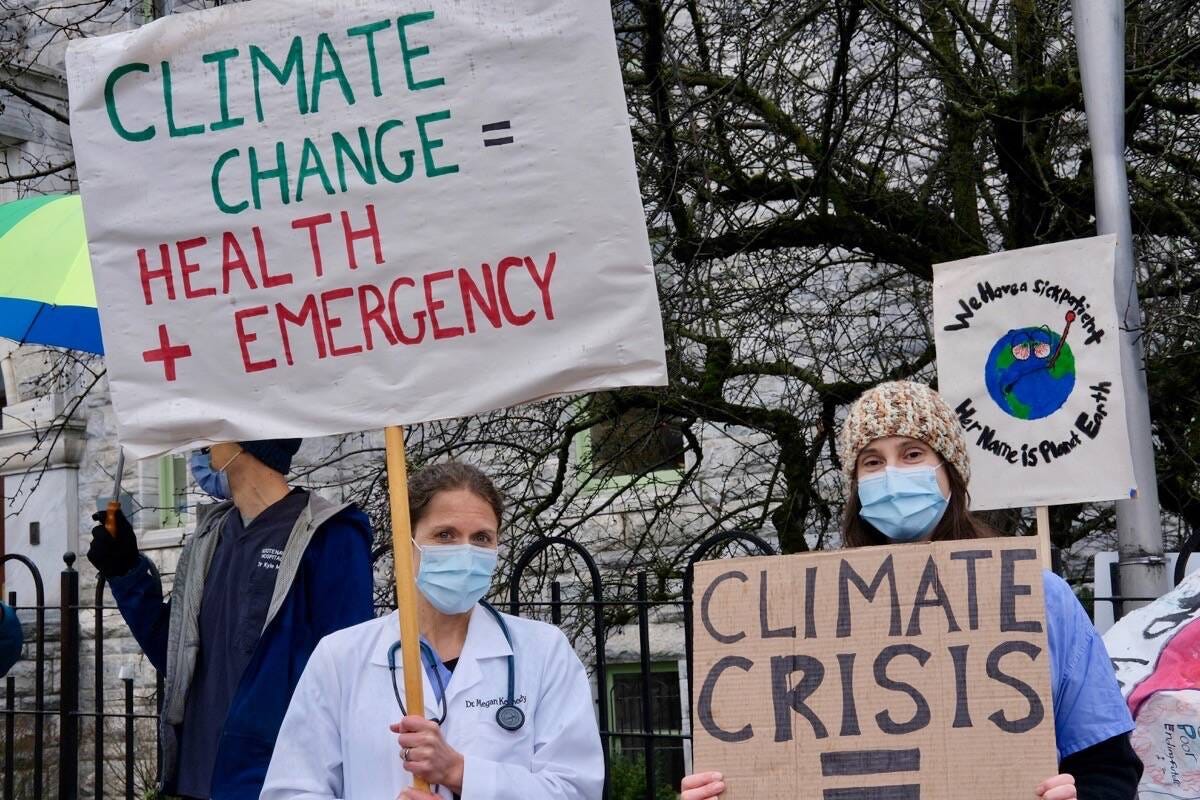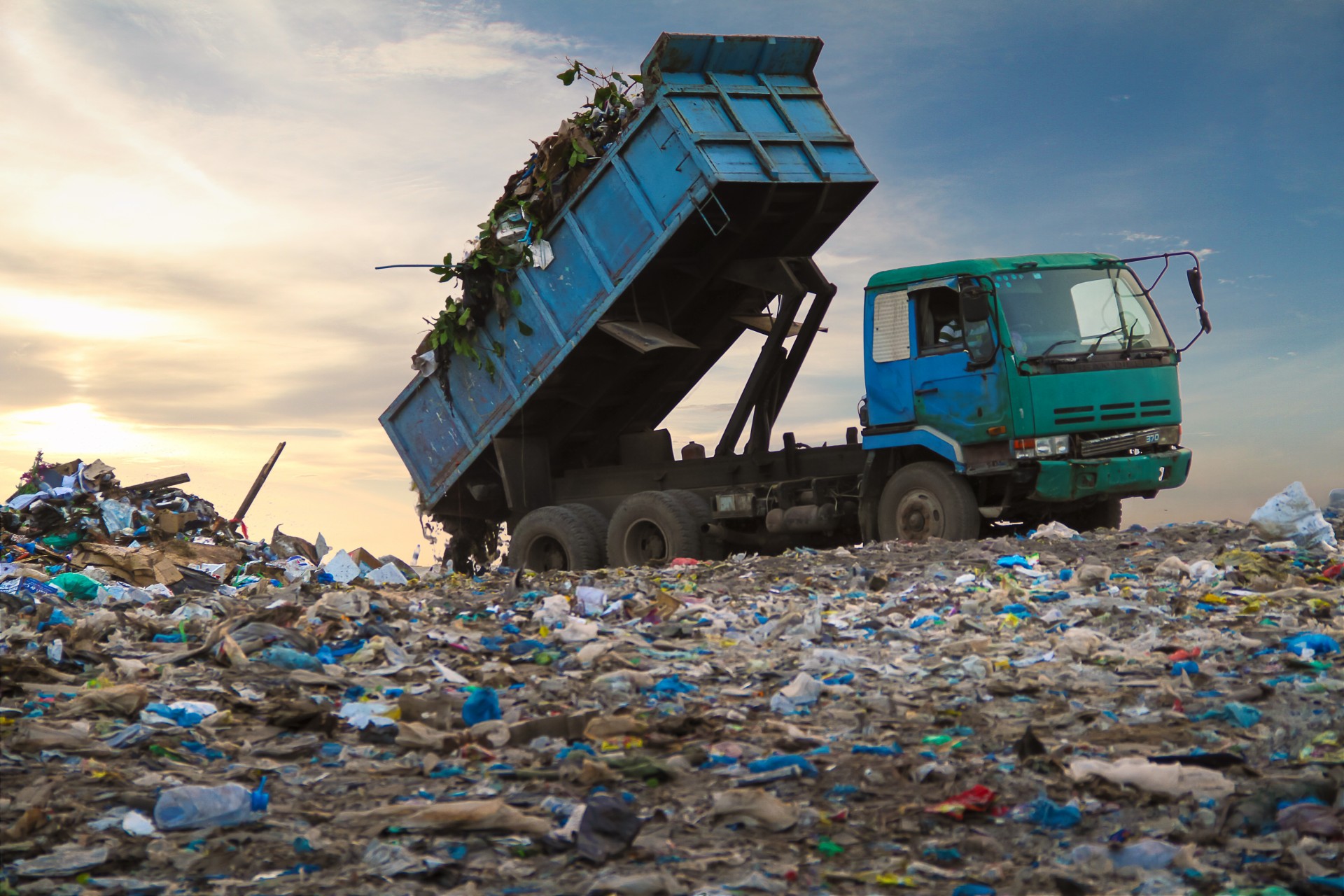- One of the key factors influencing the carbon-capturing capacity of trees is the location where they are planted.
It is not accurate to claim that all forests can capture carbon effectively. While tree planting initiatives are often implemented with the intention of mitigating climate change by capturing carbon, poorly planned and executed projects can actually result in increased CO2 emissions.
Research conducted by scientists at the Royal Botanic Gardens, Kew, and Botanic Gardens Conservation International (BGCI) has indicated that not all trees are capable of effectively capturing carbon.
One of the key factors influencing the carbon-capturing capacity of trees is the location where they are planted. Planting trees in unnatural environments, such as grasslands that already serve as carbon sinks, can be counterproductive.
Carbon sinks are natural or artificial reservoirs that absorb more CO2 from the atmosphere than they release. Examples of carbon sinks include wetlands, soils, and the ocean. Disturbing such areas by planting trees can potentially lead to the release of the carbon stored within them, thereby negating the intended carbon capture benefits.
Therefore, it is crucial to consider the ecological context and carefully plan tree planting initiatives to ensure maximum carbon capture effectiveness.
Read More
Identifying appropriate areas for reforestation, such as deforested regions or degraded lands, can help optimize carbon sequestration efforts.
Additionally, comprehensive monitoring and management practices should be implemented to track the carbon storage potential of forests and ensure that they continue to function as effective carbon sinks over time.
Thoughtful planning, scientific research, and proper management are essential to maximize the carbon-capturing potential of forests and avoid unintended negative consequences.







